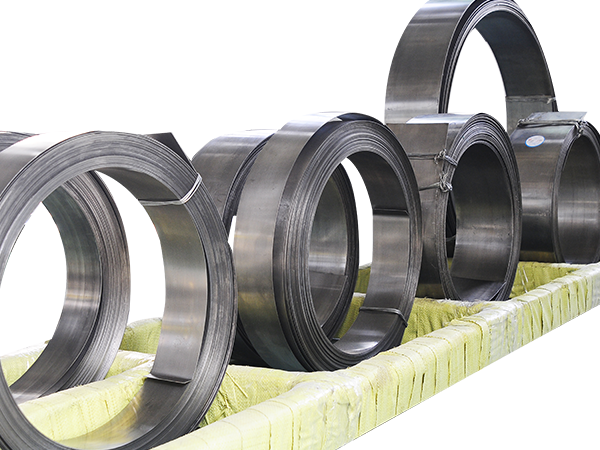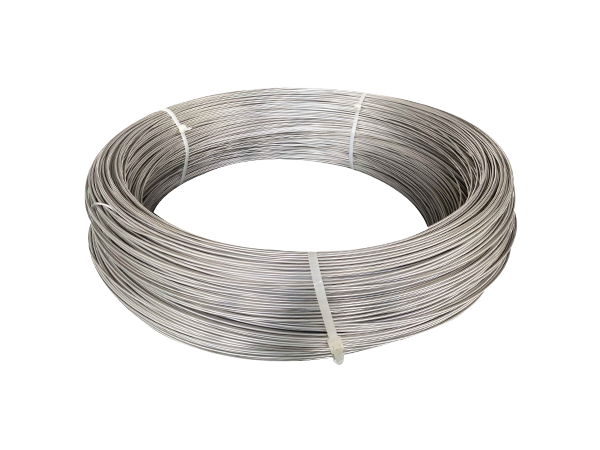Traditional non-ferrous metal is usually caused by hydrometallurgy leaching liquid-solid separation and solution purification, electrowinning composed of three steps, when the energy consumed mineral leaching, electrowinning process also consumes a lot of power, particularly during electrowinning anode The reaction energy consumption is high, and the anode reaction process is not utilized, resulting in high energy consumption and complicated process. Combining these three processes into one, the direct production of metal from the pulp is the common aspiration of metallurgists, and is also a major breakthrough in extracting metallurgy. In recent decades, major changes have taken place in major hydrometallurgical processes, such as leaching, pressure leaching, chloride leaching, bacterial leaching, and various other enhanced leaching. Solution purification has also developed rapidly, such as solvent extraction, liquid membrane separation, ion exchange, etc. Each revolution has greatly promoted the development of hydrometallurgy, but the electroforming process in the production of metals has remained essentially unchanged. Table 1 shows the reaction and potential of the copper electrowinning process by taking the conventional copper electrowinning as an example. It can be seen from the table that the energy required for the anode reaction of the copper electrowinning process accounts for more than half of the total power consumption. This part of the energy is completely wasted, the anode gas is precipitated with a high voltage, and the produced O 2 is vented. If the electricity consumption of copper by wet method is 2400 kW·h∕t (Cu), then 1200 kW·h or more is useless. The zinc electrowinning process generally has a cell pressure of about 3.3 V, wherein the anode potential is 1.8 V (including gas precipitation overpotential), and the anode reaction accounts for more than half of the total energy consumption. Other metals such as Ni, Co. The same is true. Table 1 Conventional copper electrowinning reaction and potential When the metal sulfide is leached, an oxidation reaction is required. To complete the oxidation reaction, energy must be applied or a strong oxidizing agent must be added. Therefore, from the overall perspective of hydrometallurgy, there is a very unreasonable phenomenon, that is, leaching generally requires additional energy, while the electrowinning has a waste of 1 ∕ 2 to 2/3, if it can be used in the electrowinning process. A portion of the wasted energy is used for leaching, which is ideal from a global perspective of hydrometallurgy. Slurry Electrolysis is a new hydrometallurgical technology developed in the past 20 years. It combines the three processes of leaching, solution purification and electrowinning which are usually included in hydrometallurgy. Oxidation reaction to leach the ore, which essentially replaces the anodic reaction of the electrowinning with the leaching reaction of the ore, so that a large amount of energy consumed by the anode reaction in the normal electrowinning process is converted into an effective leaching of the metal. At the same time, the tank voltage is reduced, the electrolysis power is reduced, and the entire process is greatly simplified. For traditional electrolysis or electrowinning, this is a major change, which not only greatly simplifies the process, but also has high metal recovery rate, and energy is fully utilized, environmental protection is good, and economic benefits are obvious. Slurry Electrolysis history is not long, in 1971 the United States Cypriot Po Luz (Cyprus) Metallurgical Company was added directly in the laboratory tested electrolytic recovery of lead in lead sulfide ore alkali metal or alkali metal chloride electrolyte, also tested treatment molybdenum and rhenium sulfide ore, due to the technical complexity of the test did not continue. In 1974, Everett of Intec Metallurgical Company of Australia obtained a patent for the production of manganese dioxide by slurry electrolysis. Subsequently, the Australian company BHP (Broken Hill Proprietary Company) bought the patent and built a low-grade manganese ore as raw material. An intermediate pilot plant for the direct production of manganese dioxide for batteries by slurry electrolysis. In 1977, the Australian company Dexlec Metallurgical Company, which was formed by Intec and Amdex Exploration Company, carried out research on chalcopyrite pulp electrolysis and obtained the patent right of copper sulfide concentrate ore electrolysis. Led to Everett, published step chalcopyrite into copper, iron oxide and elemental sulfur slurry Dextec electrolysis. Dextec slurry electrolysis has undergone 5L, 100L, 300L and 9m 3 cell tests. Their main goal is to replace the current copper fire smelting with slurry electrolysis to eliminate SO 2 pollution to the atmosphere and believe that it can greatly reduce costs. . In the mid-1980s, they expanded their Dextec slurry electrolysis chalcopyrite expansion test at Anglo American Corporation in South Africa and Bodiden in Sweden. Due to the difficulty in direct electrolysis in the slurry, and difficulties in the process and equipment structure, they abandoned the study of the slurry electrolysis of chalcopyrite in 1992. Almost at the same time as Australia began research, the Beijing Research Institute of Mining and Metallurgy also began research on the slurry electrolysis process, which involved metal sulfides such as Cu, Pb, Zn, Mn, Bi, Au, Ag, Ni, Co. After 20 years of applied research and a lot of experimental work, we have made a major breakthrough in the treatment Hunan Shizhuyuan bismuth, the first industrial application of slurry electrolysis to achieve a new technology in the world. High Resistance Electric Heating Alloy
High resistance electric heating alloy is a conductive material used to manufacture resistance elements, which can be used to manufacture heating elements in various resistance heating equipment. The high-resistance electric heating alloys produced by Seonjip are mainly used in electronic components and heating elements of electric heating equipment.
Alloy Wire,Nichrome Wire,Resistance Heating Wire,Nichrome Resistance Wire Jiangsu Seonjip Technology Co.,Ltd. , https://www.seonjip.com

